Emoji are here to stay. Once confined to adolescent instant messages, these silly little cartoons now pervade our texts and social media posts. They’ve also increasingly been popping up in online campaigns. Predictably, recent attempts to jump on the emoji bandwagon in pursuit of audience engagement have been hit-and-miss. Presidential candidate Hillary Clinton’s student loan debt Tweet, for instance, shows that there is a right and a wrong way to go about emoji.
Brands have only started using emoji in their campaigns recently, so we’ve got a limited sample of intrepid brands and their emoji tactics to evaluate. There’s enough evidence, however, to provide some guidance for the emoji-curious. We’ve taken a look at recent campaigns that have used emoji well—and those that could use some improvements.
Here are 5 rules of emoji marketing to consider before your next campaign
DON’T encrypt your message
Just because the language of emoji has transcended cultural barriers, you shouldn’t assume all your customers are fluent speakers. While emoji-exclusive copy might make for a fun quiz or an interesting article, it may not be the best idea for a press release. This was the way Chevrolet announced the 2016 Cruze model in #ChevyGoesEmoji campaign:

To their credit, the company did follow up the release with a decoded explanation and a series of YouTube videos titled Emoji Academy, which focused on educating the public on the art of emoji decryption.
While the element of intrigue certainly has worked in favour of some companies, most people likely won’t take the time to translate something from emoji. Unless you can make your coded message a part of a larger campaign, stick with shorter messages or equal parts text and emoji pairings.
DON’T send a mixed message
Most communication accompanied with emoji is light-hearted and humorous, and we advise brands to stick with this tone. Choosing emoji as a medium to convey serious subject matter can result in audience backlash. Businesses risk losing their sound advice to reaction against an obvious attempt at Millennial targeting.
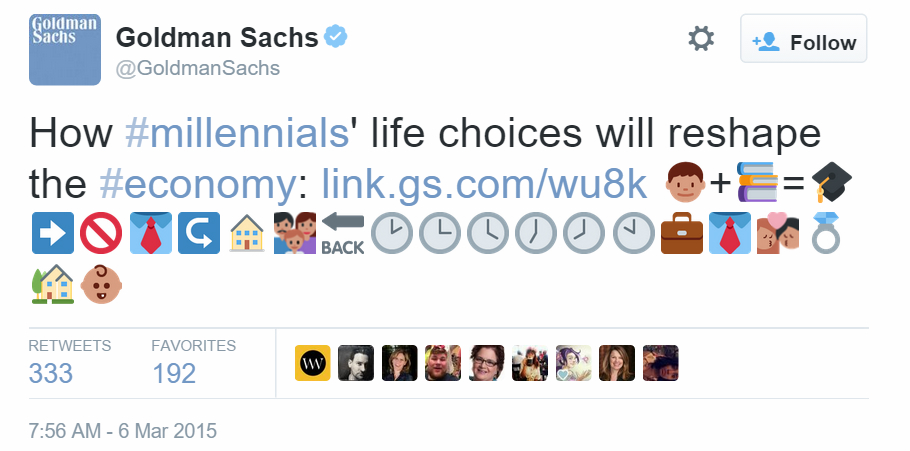
Image source: Twitter https://twitter.com/goldmansachs/status/573874756023267328
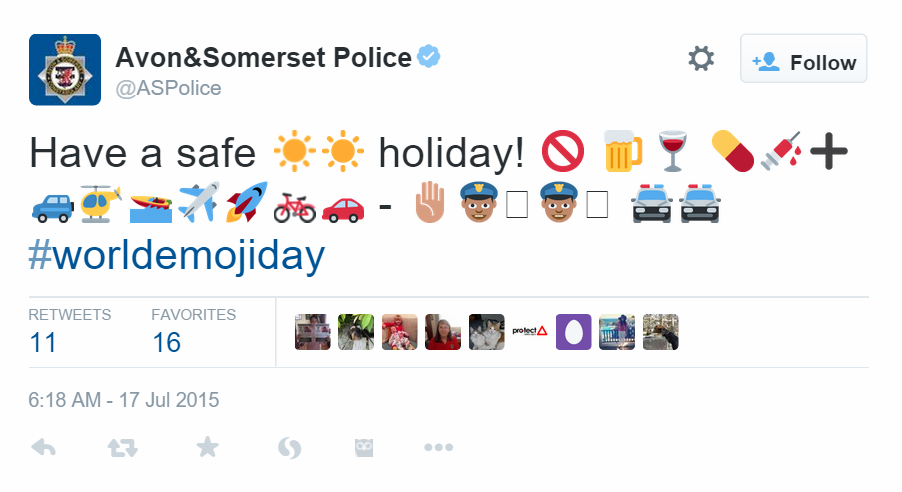
Image source: Twitter https://twitter.com/ASPolice/status/622032730814066688
DO use emoji for real-time engagement
While long pre-composed emoji messages can sometimes miss the mark, a well-timed Tweet can benefit from an emoji… or ten.
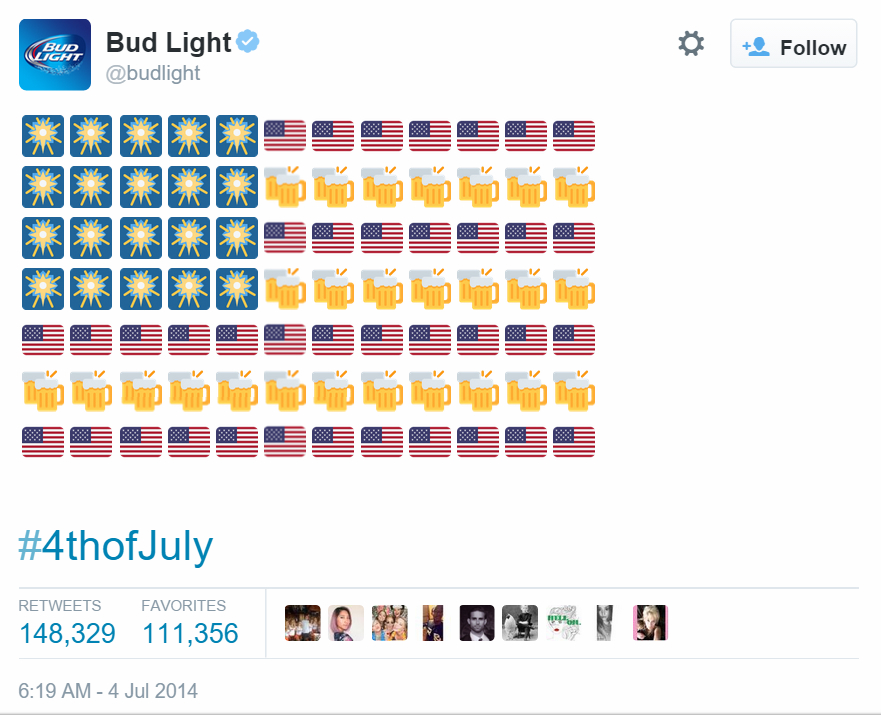
Brands started using emoji to show their customers the human side of the business, so there’s no reason why you shouldn’t include emoji in a Tweet the same way you would in a text message (barring certain topics, as mentioned earlier). And if the occasion calls for it, you can get creative with emoji art, even if the current emoji keyboard doesn’t have a symbol that corresponds with your brand:

Image via Twitter
DON’T customize without a purpose
Marketing campaigns involving custom-made emoji and emoji keyboards have been increasingly popular over the past year, but only a few of them got attention past the initial curiosity about the release. Big brands like IKEA and Foot Locker have given us emoji depicting Allen keys and fancy sneakers, but are those sorely missing from our daily emoji interactions in the first place?
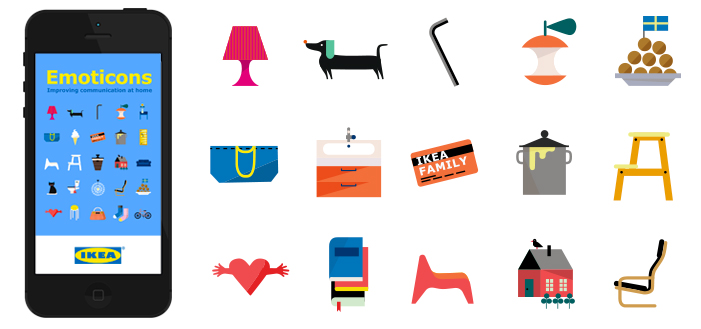
Image via IKEA
Unless your message is somewhere along the lines of “Taking our dachshund to IKEA for some meatballs,” it’s unlikely that people will go on using custom emoji keyboards on a regular basis—which is a questionable result for so much dedicated design work.
…But if you DO
Instead of inventing new emoji vocabularies for fun, why not do it for a good cause? Take WWF, who created a set of custom emoji to represent endangered animal species. #EndangeredEmoji icons came with a specific set of instructions: whenever a user tweeted one of the custom emoji, a donation would be made to save the animal’s real-life counterpart. These kind of custom emoji campaigns give your audience a reason to continue using the emoji in future online interactions.
DO create an interactive experience
You don’t have to create your own custom emoji keyboard to get people talking. Think about the reason why brands choose to include emoji in their marketing campaigns: it’s something familiar to most mobile users, who use emoji in their communications every day. Incorporate this habit and make your audience part of the campaign. For example, a US beverage brand Tampico made up a social media game that requires users to guess a winning emoji combination out of 24 given options. All the participants have to do is comment on the company’s social media channels with their emoji guesses and include the campaign hashtag, #TampicoEmojiball; but these easy instructions already make Tampico the winner of increased user engagement.
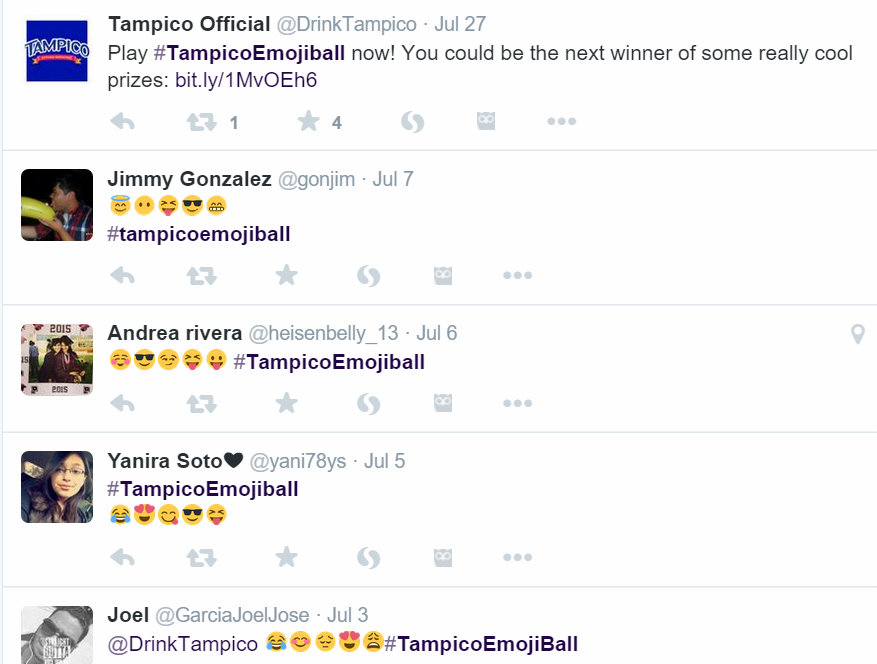
It doesn’t take many emoji to win an award or the affection of your customers. Domino’s Emoji Ordering campaign focused on a single emoji: the pizza slice. Tweeting the emoji to Domino’s official account along with a hashtag #EasyOrder allows users to place an order in a matter of seconds.
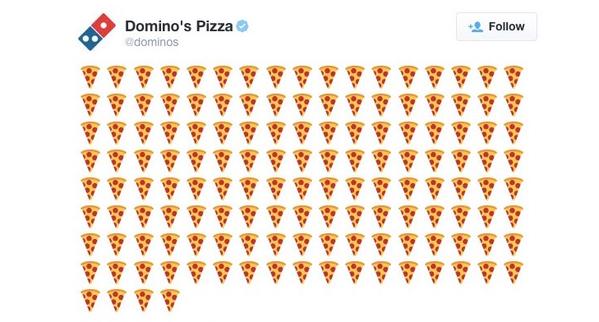
Domino’s campaign combined the popularity of emoji with a new way to bring its products to the customer. So if you want to get people talking about your brand using emoji, give them a good reason to talk to you first.
Can you think of a good emoji marketing rule? Send us a Tweet @Hootsuite or leave a comment below!